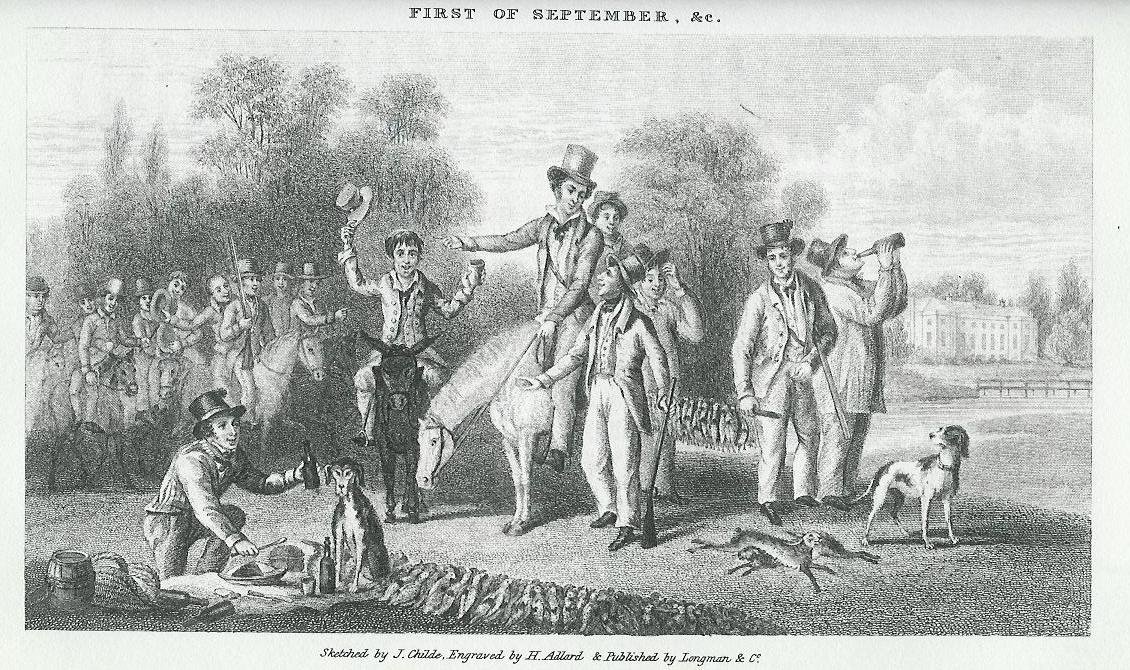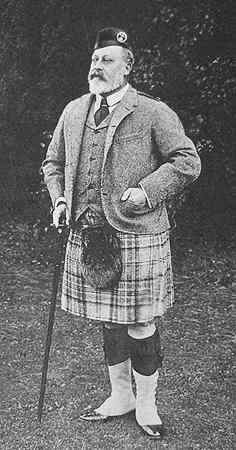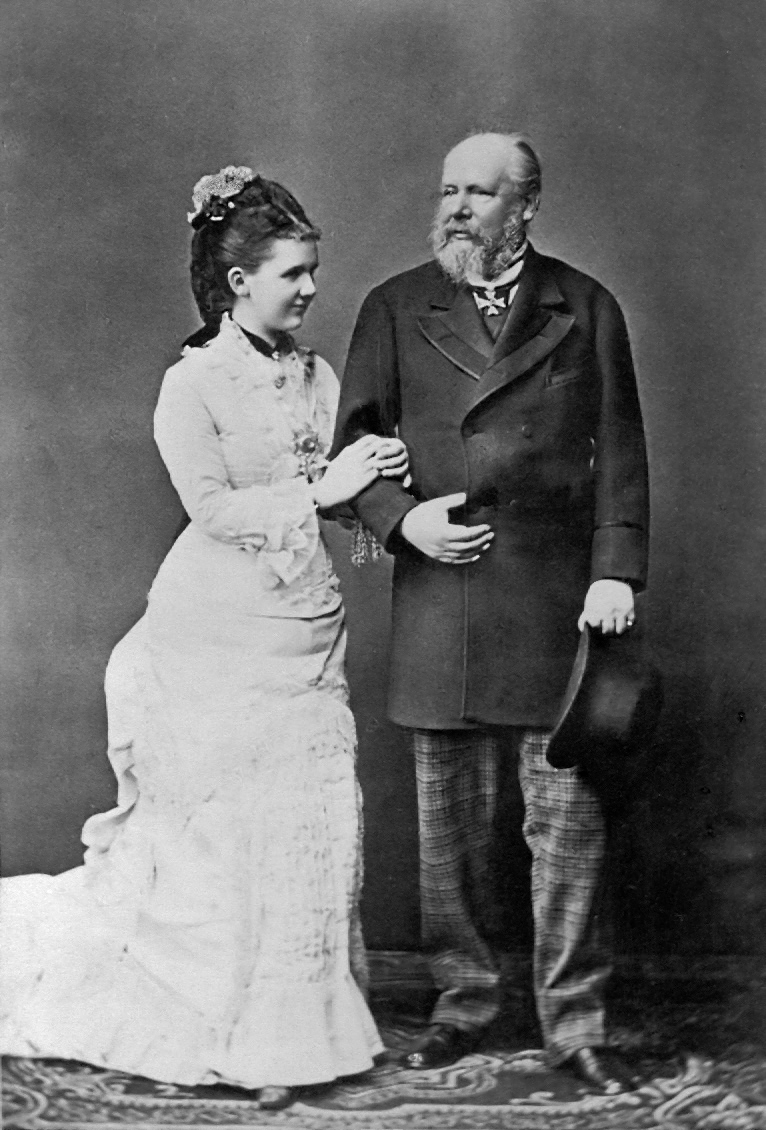|
Prince Alexander Of The Netherlands
Prince Alexander of the Netherlands, Prince of Orange-Nassau (William ''Alexander'' Frederick Constantine Nicholas Michael, ; 2 August 1818 – 20 February 1848) was born at Soestdijk Palace, the second son to William II of the Netherlands, King William II of The Netherlands and Anna Pavlovna of Russia, Queen Anna Paulovna, daughter of Tsar Paul I of Russia. He was nicknamed Sasha within his family. Biography Prince Alexander was born on Sunday, 2 August 1818 at a quarter past ten in the morning. His birth was announced the next day in the ''Nederlandsche Staatscourant''. To commemorate the birth of his second grandson William I of the Netherlands gave his daughter-in-law Anna Pavlovna the Czar Peter House (Netherlands), Czar Peter House in Zaandam, which had been inhabited by her ancestor Peter I of Russia during his stay in the Dutch Republic. Prince Alexander was christened on the forty-sixth birthday of his grandfather, 24 August 1818, by the Reverend Krieger in The Hagu ... [...More Info...] [...Related Items...] OR: [Wikipedia] [Google] [Baidu] |
Soestdijk
Soestdijk () is a neighbourhood of Soest, Netherlands, Soest and a hamlet in the municipality of Baarn. Both are part of the province of Utrecht (province), Utrecht, Netherlands. The village gives its name to Soestdijk Palace, Paleis Soestdijk, which from 1937 to 2004 was the residence of Princess and later Queen Juliana and Prince Bernhard (who both died in 2004). Most of Soestdijk is now a neighbourhood of the town of Soest. A smaller part of the former village, including the palace, is part of the municipality of Baarn, and can still be considered a hamlet. It was first mentioned in 1394 as Zoesdijck and means "dike near Soest" which had been built in 1378 to provide better road access to Utrecht. The palace was built in 1674. In 1840, Soestdijk was home to 108 people. Soestdijk railway station opened in 1898 and is located in Soest. The hamlet in Baarn nowadays consists of about 30 houses. Gallery File:Soestdijk Watertoren 0537.JPG, Water tower File:Overzicht van de overzi ... [...More Info...] [...Related Items...] OR: [Wikipedia] [Google] [Baidu] |
Grand Duke Constantine Pavlovich Of Russia
Konstantin Pavlovich (; ) was a grand duke of Russia and the second son of Emperor Paul I and Sophie Dorothea of Württemberg. He was the heir-presumptive for most of his elder brother Alexander I's reign, but had secretly renounced his claim to the throne in 1823. For 25 days after the death of Alexander I, from 19 November (O.S.)/1 December 1825 to 14 December (O.S.)/26 December 1825 he was known as ''His Imperial Majesty Konstantin I Emperor and Sovereign of Russia'', although he never reigned and never acceded to the throne. His younger brother Nicholas became tsar in 1825. The succession controversy became the pretext of the Decembrist revolt. Konstantin was known to eschew court etiquette and to take frequent stands against the wishes of his brother Alexander I, for which he is remembered fondly in Russia, but in his capacity as the governor of Poland he is remembered as a hated ruler. Early life Konstantin was born in Tsarskoye Selo on 27 April 1779, the secon ... [...More Info...] [...Related Items...] OR: [Wikipedia] [Google] [Baidu] |
Francis D'Arcy-Osborne, 7th Duke Of Leeds
Francis George Godolphin D'Arcy D'Arcy-Osborne, 7th Duke of Leeds (21 May 1798 – 4 May 1859), styled Earl of Danby from birth until 1799 and Marquess of Carmarthen from 1799 until 1838, was a British peer and politician. Early life Osborne was the son of George Osborne, 6th Duke of Leeds, and his wife, Charlotte Townshend. His younger brother was Lord Conyers George Thomas William Osborne (1812–1831) and his sister was Lady Charlotte Mary Anne Georgiana Osborne (d. 1836), the wife of Sackville Lane-Fox, MP (the third son of James Fox-Lane, MP, of Bramham Park). His mother was the eldest daughter of George Townshend, 1st Marquess Townshend and, his second wife, Anne Montgomery (a daughter of Sir William Montgomery, 1st Baronet of Magbiehill and Mistress of the Robes to Caroline, Princess of Wales). Among her extended maternal family was her uncle Captain Lord James Townshend. Career As Marquess of Carmarthen, he held the parliamentary seat of Helston from 182 ... [...More Info...] [...Related Items...] OR: [Wikipedia] [Google] [Baidu] |
Battle Of Borodino
The Battle of Borodino ( ) or Battle of Moscow (), in popular literature also known as the Battle of the Generals, took place on the outskirts of Moscow near the village of Borodino on 7 September 1812 during Napoleon's invasion of Russia. The ' fought against the Imperial Russian Army. After the Russian retreat in the Battle of Smolensk the road to Moscow lay open. Napoleon fought against General Mikhail Kutuzov, whom the Emperor Alexander I had appointed to replace Barclay de Tolly on 29 August 1812 after Smolensk was razed and captured by the French army. After the Battle of Borodino, Napoleon remained on the battlefield with his army; the Imperial Russian forces retreated southwards. What followed was the French occupation of Moscow, while the retreating Russians resorted to scorched earth tactics to trap Napoleon and his men within their own largest city. The failure of the ' to completely destroy the Imperial Russian army, and in particular Napoleon's reluctance to ... [...More Info...] [...Related Items...] OR: [Wikipedia] [Google] [Baidu] |
Old Style And New Style Dates
Old Style (O.S.) and New Style (N.S.) indicate dating systems before and after a calendar change, respectively. Usually, they refer to the change from the Julian calendar to the Gregorian calendar as enacted in various Europe, European countries between 1582 and 1923. In England, Wales, Ireland and British America, Britain's American colonies, there were two calendar changes, both in 1752. The first adjusted the start of a new year from 25 March (Lady Day, the Feast of the Annunciation) to 1 January, a change which Scotland had made in 1600. The second discarded the Julian calendar in favour of the Gregorian calendar, skipping 11 days in the month of September to do so.. "Before 1752, parish registers, in addition to a new year heading after 24th March showing, for example '1733', had another heading at the end of the following December indicating '1733/4'. This showed where the Historical Year 1734 started even though the Civil Year 1733 continued until 24th March. ... We as h ... [...More Info...] [...Related Items...] OR: [Wikipedia] [Google] [Baidu] |
Dutch Guilders
The guilder (, ) or florin was the currency of the Netherlands from 1434 until 2002, when it was replaced by the euro. The Dutch name was a Middle Dutch adjective meaning 'golden', and reflects the fact that, when first introduced in 1434, its value was about equal to (i.e., it was on par with) the Florin (Italian coin), Italian gold florin. The Dutch guilder was a reserve currency in Europe in the 17th and 18th centuries. Between 1999 and 2002, the guilder was officially a "national subunit" of the euro. However, physical payments could only be made in guilders, as no euro coins or banknotes were available. The exact exchange rate, still relevant for old contracts and for exchange of the old currency for euros at the central bank, is exactly 2.20371 Dutch guilders for 1 euro. Inverted, this gives approximately 0.453780 euros for 1 guilder. Derived from the Dutch guilder are the Netherlands Antillean guilder (still in use in Curaçao and Sint Maarten) and the Surinamese guilde ... [...More Info...] [...Related Items...] OR: [Wikipedia] [Google] [Baidu] |
Peter Hawker
Colonel Peter Hawker (24 November 1786 – 7 August 1853) was a celebrated diarist and author, and a shooting sportsman accounted one of the "great shots" of the 19th century. His sporting exploits were widely followed and on occasion considered worth reporting in ''The Times''. Early life Born in London to Colonel Peter Ryves Hawker and Mary Wilson Hawker (née Yonge), Peter Hawker was educated at Eton and entered military service in 1801 by purchasing a commission as a cornet in The Royal Dragoons (1st Dragoons), soon gaining purchased promotion to captain. Hawker notes in his diary that: "I was a Captain of Dragoons soon after I was seventeen years old, but paid dearer for it than anyone in the service." Military career Hawker served with the 14th Light Dragoons under the Duke of Wellington during the Peninsular War. He led his squadron in the Battle of Douro (6 May 1809), his regiment thereby earning the battle honour "Douro" for its colours. He received a serious thi ... [...More Info...] [...Related Items...] OR: [Wikipedia] [Google] [Baidu] |
Highland Dress
Highland dress is the traditional, regional dress of the Highlands and Isles of Scotland. It is often characterised by tartan (''plaid'' in North America). Specific designs of shirt, jacket, bodice and headwear may also be worn. On rare occasions with clan badges and other devices indicating family and heritage. Men's Highland dress typically includes a kilt or trews. Although this may consist of clan tartan, it is more usual for tartans to be chosen for aesthetic reasons. A tartan full plaid, fly plaid, or short belted plaid may also be worn but usually only at very formal events or by the groom at a wedding. There are a number of accessories, which may include but are not limited to: a belt, sporran, sgian-dubh, knee-socks with a cuff known as kilt hose, garters, kilt pins and clan badges. Women's Highland dress is also based on the clan tartan, either that of her birth clan or, if married, that of her spouse's clan if she so chooses. Traditionally, women and girls ... [...More Info...] [...Related Items...] OR: [Wikipedia] [Google] [Baidu] |
Sophie Of Württemberg
Sophie of Württemberg (Sophie Friederike Matilda; 17 June 1818 – 3 June 1877) was Queen of the Netherlands as the first wife of King William III. Sophie separated from William in 1855 but continued to perform her duties as queen in public. She was known for her progressive and liberal views and corresponded with several famous intellectuals. Biography Sophie was born in Stuttgart; her parents were King William I of Württemberg and Grand Duchess Catherine Pavlovna of Russia, the fourth eldest daughter of Tsar Paul I. Shortly after Sophie's birth, her mother died, and she was cared for by her aunt, Catharina of Württemberg. She was niece of tsars Alexander I and Nicholas I of Russia. She had a close relationship with her father and her sister Marie, but not with her stepmother.Fia Dieteren, Sophie van Württemberg, in: Digitaal Vrouwenlexicon van Nederland. URL: http://resources.huygens.knaw.nl/vrouwenlexicon/lemmata/data/SophievanWurtemberg 3/01/2014/ref> She was giv ... [...More Info...] [...Related Items...] OR: [Wikipedia] [Google] [Baidu] |
Het Loo Palace
Paleis Het Loo ( , meaning "The wikt:lea#English, Lea") is a palace in Apeldoorn, Netherlands, built by the House of Orange-Nassau. History The symmetry, symmetrical Dutch Baroque architecture, Dutch Baroque building was designed by Jacob Roman and Johan van Swieten and was built between 1684 and 1686 for stadtholder-king William III of England, William III and his consort Mary II of England. The garden was designed by Claude Desgotz. After the elder House of Orange-Nassau had become extinct with the death of William III in 1702, he left all his estates in the Netherlands to his cousin Johan Willem Friso of Orange-Nassau, Johan Willem Friso of the House of Nassau#First Counts and Princes of Nassau-Hadamar, House of Nassau-Dietz in his Last Will. However, Frederick I of Prussia claimed them, as he also descended from the princes of Orange, and the Houses of Orange-Nassau and House of Hohenzollern, Hohenzollern had, a few generations before, made an inheritance contract. Therefor ... [...More Info...] [...Related Items...] OR: [Wikipedia] [Google] [Baidu] |
Leiden University
Leiden University (abbreviated as ''LEI''; ) is a Public university, public research university in Leiden, Netherlands. Established in 1575 by William the Silent, William, Prince of Orange as a Protestantism, Protestant institution, it holds the distinction of being the oldest university in the Netherlands of today. During the Dutch Golden Age scholars from around Europe were attracted to the Dutch Republic for its climate of intellectual tolerance. Individuals such as René Descartes, Rembrandt, Christiaan Huygens, Hugo Grotius, Benedictus Spinoza, and later Baron d'Holbach were active in Leiden and environs. The university has seven academic faculties and over fifty subject departments, housing more than forty national and international research institutes. Its historical primary campus consists of several buildings spread over Leiden, while a second campus located in The Hague houses a liberal arts college (Leiden University College The Hague) and several of its faculties. It i ... [...More Info...] [...Related Items...] OR: [Wikipedia] [Google] [Baidu] |
William III Of The Netherlands
William III (Dutch language, Dutch: ''Willem Alexander Paul Frederik Lodewijk''; English: ''William Alexander Paul Frederick Louis''; 19 February 1817 – 23 November 1890) was King of the Netherlands and Grand Duke of Luxembourg from 1849 until his death in 1890. He was also the Duchy of Limburg (1839–1866), Duke of Limburg from 1849 until the abolition of the duchy in 1866. William was the son of William II of the Netherlands, King William II and Anna Pavlovna of Russia. On the abdication of his grandfather William I in 1840, he became the Prince of Orange. On the death of his father in 1849, he succeeded as king of the Kingdom of the Netherlands, Netherlands. William married his cousin Sophie of Württemberg in 1839 and they had three sons, William, Prince of Orange, William, Prince Maurice of the Netherlands, Maurice, and Alexander, Prince of Orange, Alexander, all of whom predeceased him. After Sophie's death in 1877 he married Emma of Waldeck and Pyrmont in 1879 and they ... [...More Info...] [...Related Items...] OR: [Wikipedia] [Google] [Baidu] |








